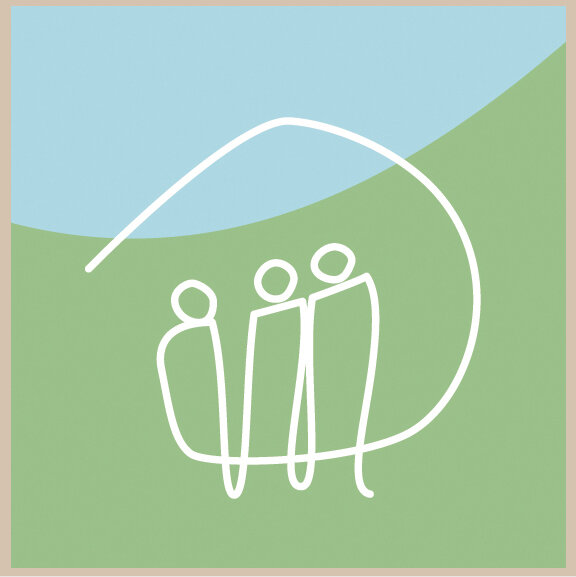I have always appreciated Costa Rica, with its lack of military, amazing nature preserves and more. But San Jose (the capital) is in a bad way. Almost five hundred 4-6 story buildings are empty. Downtown San Jose in just the last 20 years and it has fallen victim of the “donut effect”. Losing about 30,000 people now the workers commute in 30 to 90 minutes, and the traffic is always bad except early Sunday morning.
On my recent trip to Costa Rica, I started walking the city right off the plane. The director and staff of the non-profit Fundación Yamuni Tabush, the downtown revitalizations sponsor, building owners, and financial experts lead me through the city. We visited five buildings which were once used as office spaces–now empty. The first floor is where workers and tourists have lunch and shop. After consideration, I suggested which buildings should be intergenerational cohousing, (located in an area with room for kids to run around.) Then the buildings that should be senior cohousing, these featured safe dog walking and strolling parks and walking streets, cultural activities, and easy-to-get-to shops where 4-5 seniors could stroll together.
One of the newly 500 empty buildings in San Jose.
Homelessness is another big issue in Costa Rica today. Venezuelans get stopped at the U.S border and get turned back. They then travel all of the way back south through Mexico, Guatemala, Honduras, then finally back to Costa Rica where there is some semblance of humanitarian social services (although many people are still sleeping on the sidewalk). So I proposed some buildings be converted to supportive (transitional/permanent) housing with services. With careful remodeling of the buildings, they can feel more like villages and not shelters which lend themselves to “Lord of the Flies” like behavior.
I also suggested that they consider a community for folks who work in the red-light district. Prostitution is legal in Costa Rica, but many argue that it is having an adverse effect on the culture not to mention the individuals involved. I proposed to the city a project reminiscent of a community designed by The Cohousing Company in Morgan Hill, California, where every single mom in that case were enrolled in school. The houses, as you can see in the sketches from the book Cohousing Communities: Designing for High-Functioning Neighborhoods shows mom and kids have a bedroom, and a bathroom, but shared common areas. Those common areas allow for mom to do homework while another mom is cooking for everyone. Although, they do not have to leave after they graduate from their two-year skills program. San Jose is currently a skilled-worker desert, and a haven for aberrant activities so tech school would be great.
The secret ingredient to all of these proposed communities will be facilitating a respectful and participatory design process – where the design genuinely reflects the needs of the participants.
A new street with the rehabbed buildings at each end is also necessary. The streets, sidewalks, lighting and most of the infrastructure is currently in shambles and crumbling, neglected by the extremely corrupt former Mayor of 30 years. On the last day of my trip, I did a presentation and proposed to the new Mayor and Vice Mayor along with many concerned citizens and business people, proposing how the city could finance the street improvements and square improvements. This could give the business and landowners the confidence that they need to remodel and finally rent out, or sell, their buildings. This would revitalize the town to its once vibrant self.



